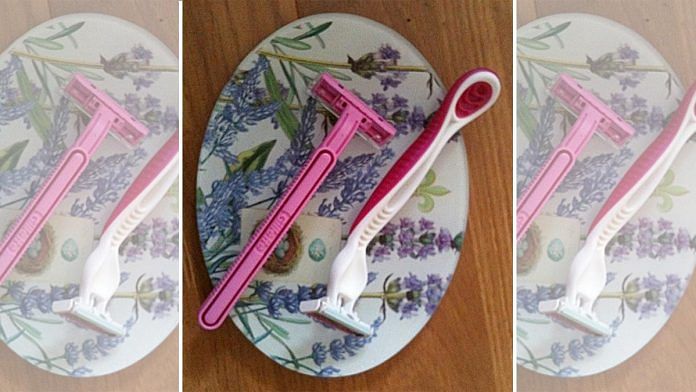As a little girl, my infatuation with the colour pink and its many shades was sacred. Today, even though I swear by a chocolate Cornetto, at the artless age of six I couldn’t look beyond the raspberry dolly ice-cream.
It didn’t cross my mind how revolting it tasted, as long as it was pink. Today, despite the joy that comes with wearing a black dress, it’s incomparable to the pompous air I breathed in my frilly pink frocks. And I’d reach the end of my tether if anyone else claimed the colour pink as their favourite, which by the way, was every girl I’d ever known.
To me, this romanticism with the colour pink was pure happiness and nothing associated with it could ever be awful.
And yet, it’s ironic how wrong I’ve been proven today.
Pink tax is a form of gender-based pricing where women are typically charged more than men for the same product. It’s not a tax that is applied on products used by women, rather, it’s a supplementary price that requires people using feminine products to pay more. And mind you, these are the exact same products that are marketed differently so that women have to pay more.
For example, a razor that is marketed for use by men costs a mere sum of 80 rupees. The same razor marketed for use by women costs a whopping sum of 250 rupees. The difference here cannot be ignored and turning a blind eye to it could prove detrimental to all efforts being made towards living in an equitable society.
In 2015, having examined five industries, 24 stores, 91 brands and 794 products, the New York City’s Consumer Affairs Report cited that on average, women products cost 7 per cent more than similar products marketed for use by men.
These weren’t only self-care products, but even toys, children’s clothing and adult clothing fell under this category.
In 2018, the Government of India slashed the 12 per cent GST on menstrual sanitary products, only after a relentless campaign by activists. Of course, this wouldn’t be an example of pink tax in light of the fact that menstrual sanitary products are used only by one section of society. However, it is still very important to note this draconian tax on necessary products because it only adds to the monetary burden of the pink tax, which is uncalled for.
Anne M. Rios, Executive Director of Think Dignity says that “For many, the cost of these products are prohibitive, and whether or not deciding if they are going to eat or buy menstrual products, the majority of folks will choose eating. This leads to unsanitary practices like using old socks, rags or clothes as pads, which can lead to significant health risks such as HPV and incontinence.”
Women earn less, pay more
The pink tax is a classic example of how the industrial sector has been successful in creating the false notion of a specific kind of beauty, thereby capitalising on the insecurities that people harbour and the ambiguities in the human form. Because, of course, an ordinary razor that delivers the desired result for men, can’t do the same for women. However, there’s nothing to worry about, because the same razor, when packed in a pink packet with a flowery design and charged an extra Rs 200, can work wonders for the female counterpart.
Adding fuel to the fire is a perpetually widening gender pay gap. Thus, essentially we are not remunerating our women for the work they do while charging them more for the products they use. Owing to a gamut of socio-economic and structural reasons, women in India earn 19 per cent less than men. This gap persists in every field — from key industries like IT to primary activities like agriculture (where, ironically 80 per cent of the work is undertaken by women). Imagine a scenario where you’re stuck between flames that move at a maddening pace and a bloodthirsty barbaric hound. That’s what it feels like to be a woman in the workforce today.
In order to combat this predicament we need to take stock of the situation. Heavy emphasis must be laid on spreading awareness and educating each other about the pink tax. It is equally important to employ social media to further our objective by exposing ways in which consumers of these products are being exploited. I was introduced to the subject through a post on Instagram.
Furthermore, there is a shortage of women in positions of leadership in our country and this is an issue of critical importance. It is the need of the hour that we train and recruit women to be future representatives of this country. Addressing inequality in the workplace and legislating on the same would be of much consequence as well.
All of us as a community need to step up and work towards building a colourful society, where each colour has its own beautiful place. Let us come together to savour pink in the way it was intended to be, though not in the form of a raspberry dolly.
Gouri Mehra is a student of Sanskriti School, New Delhi



